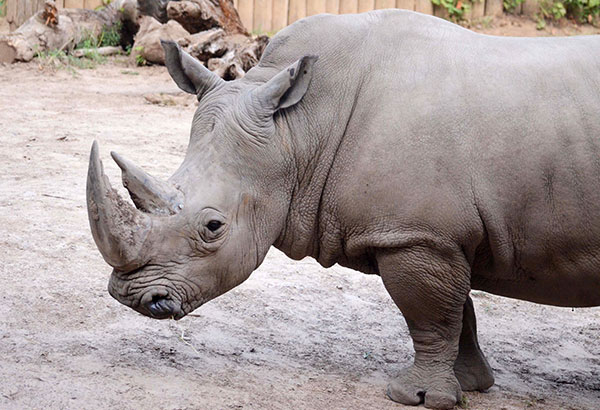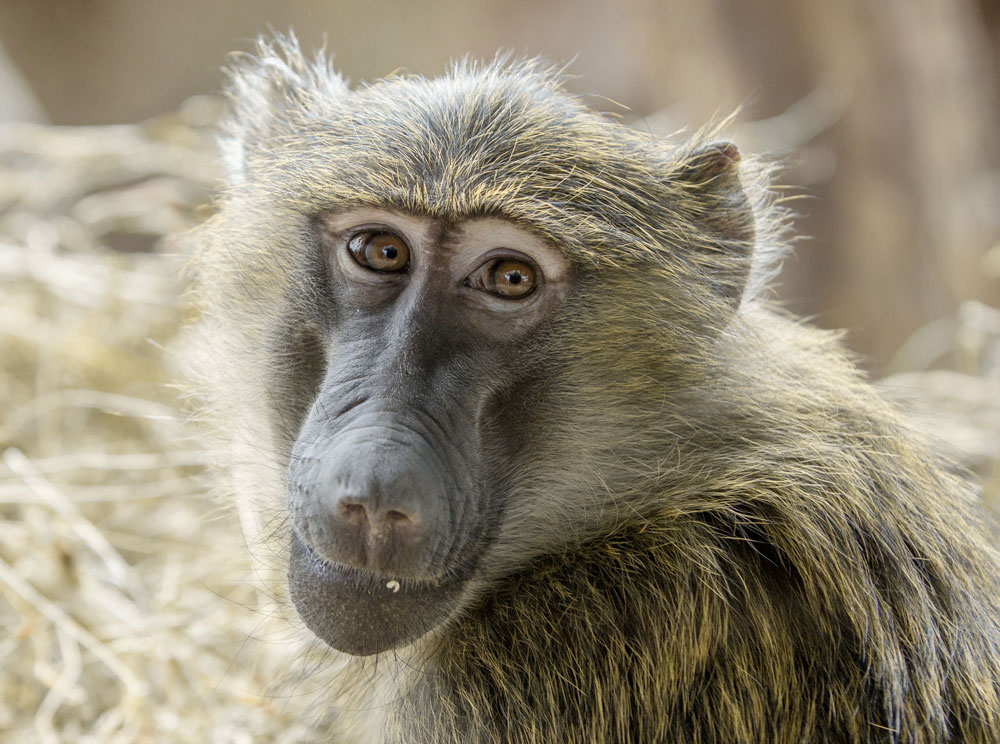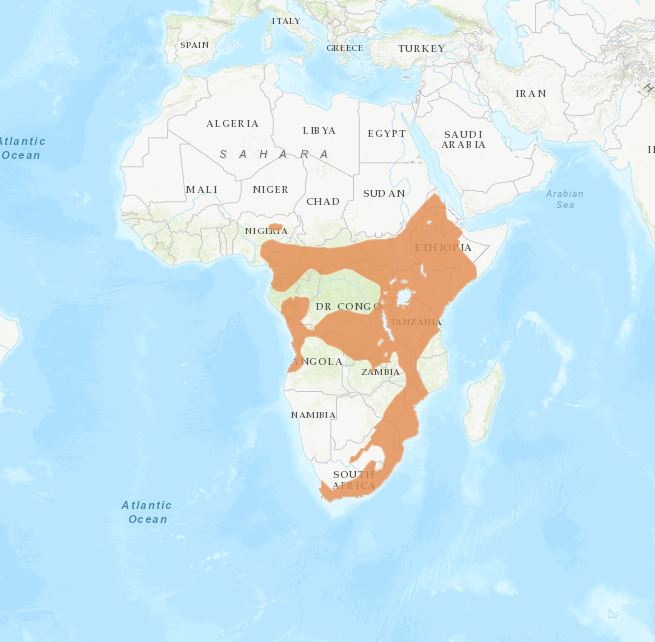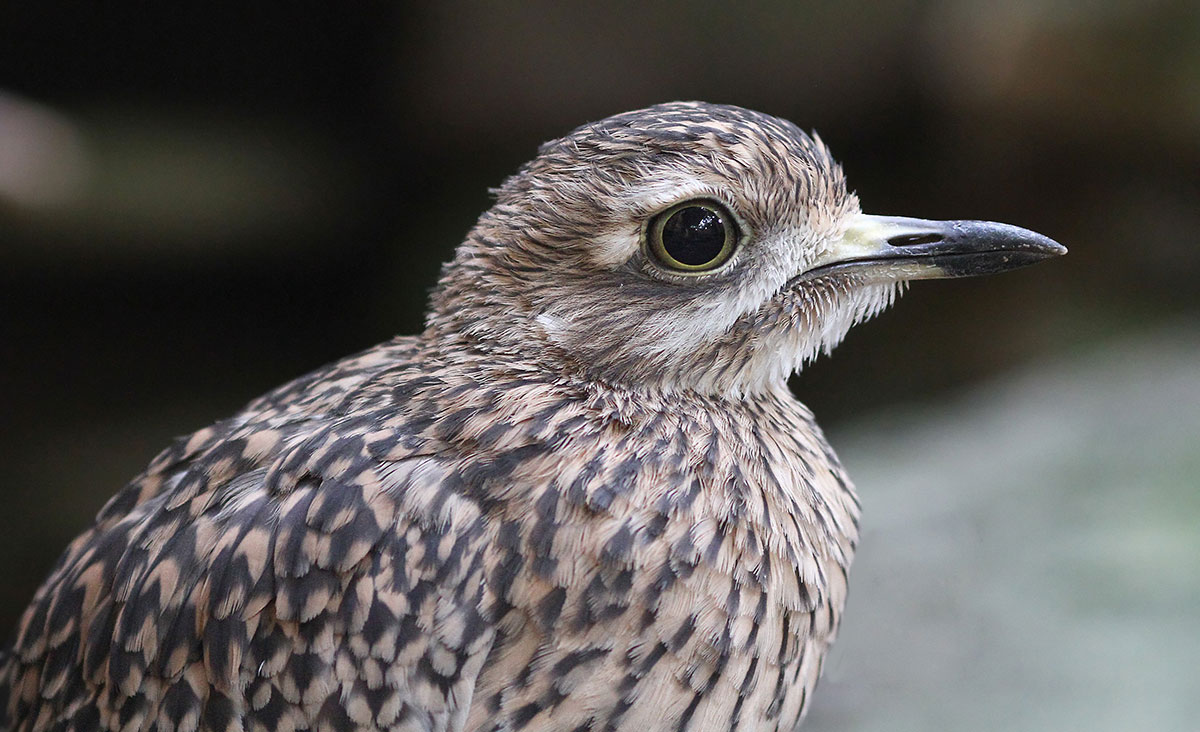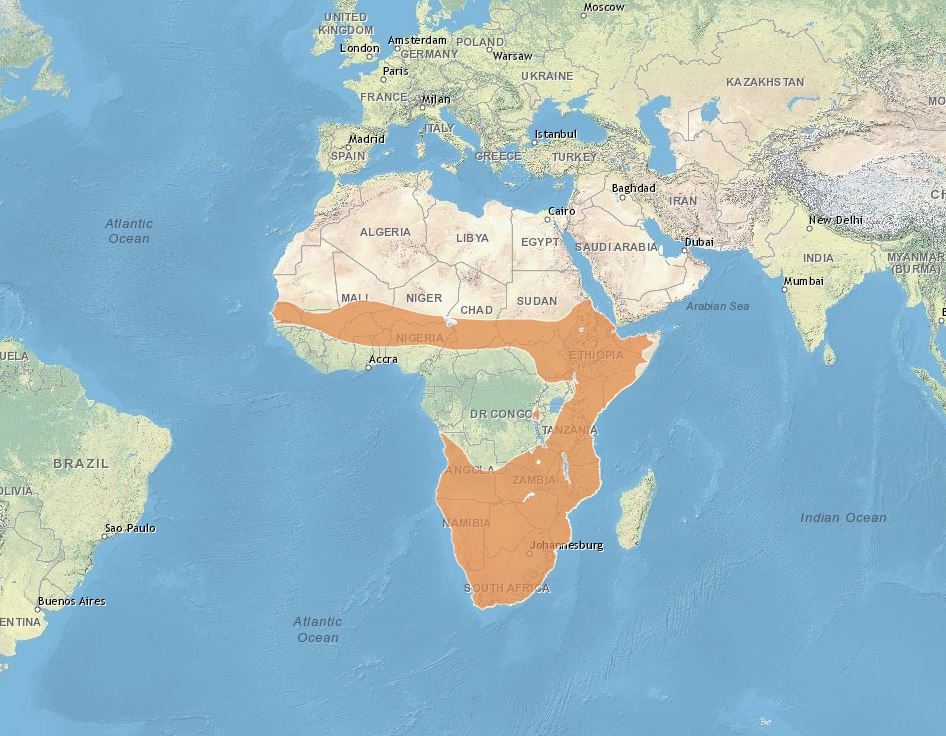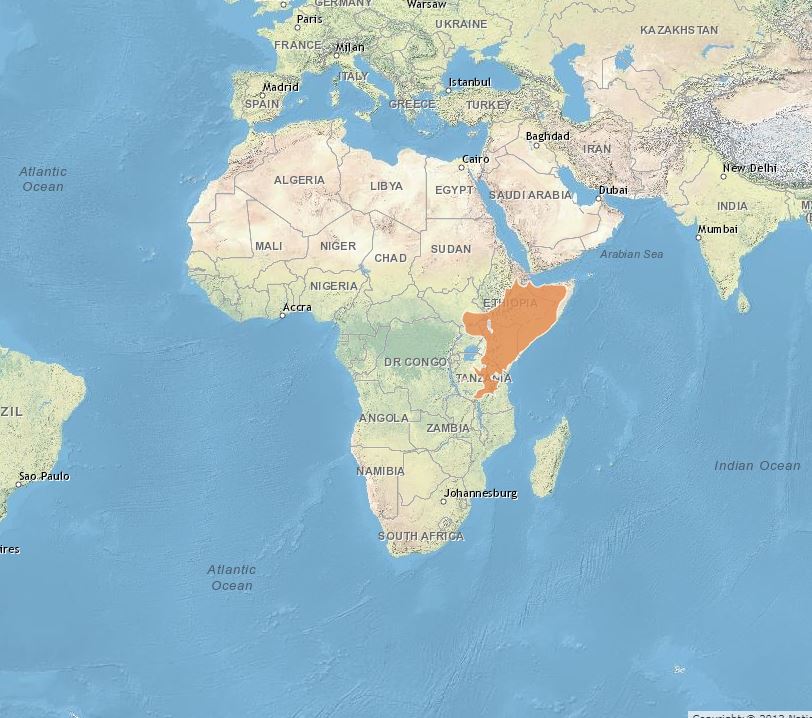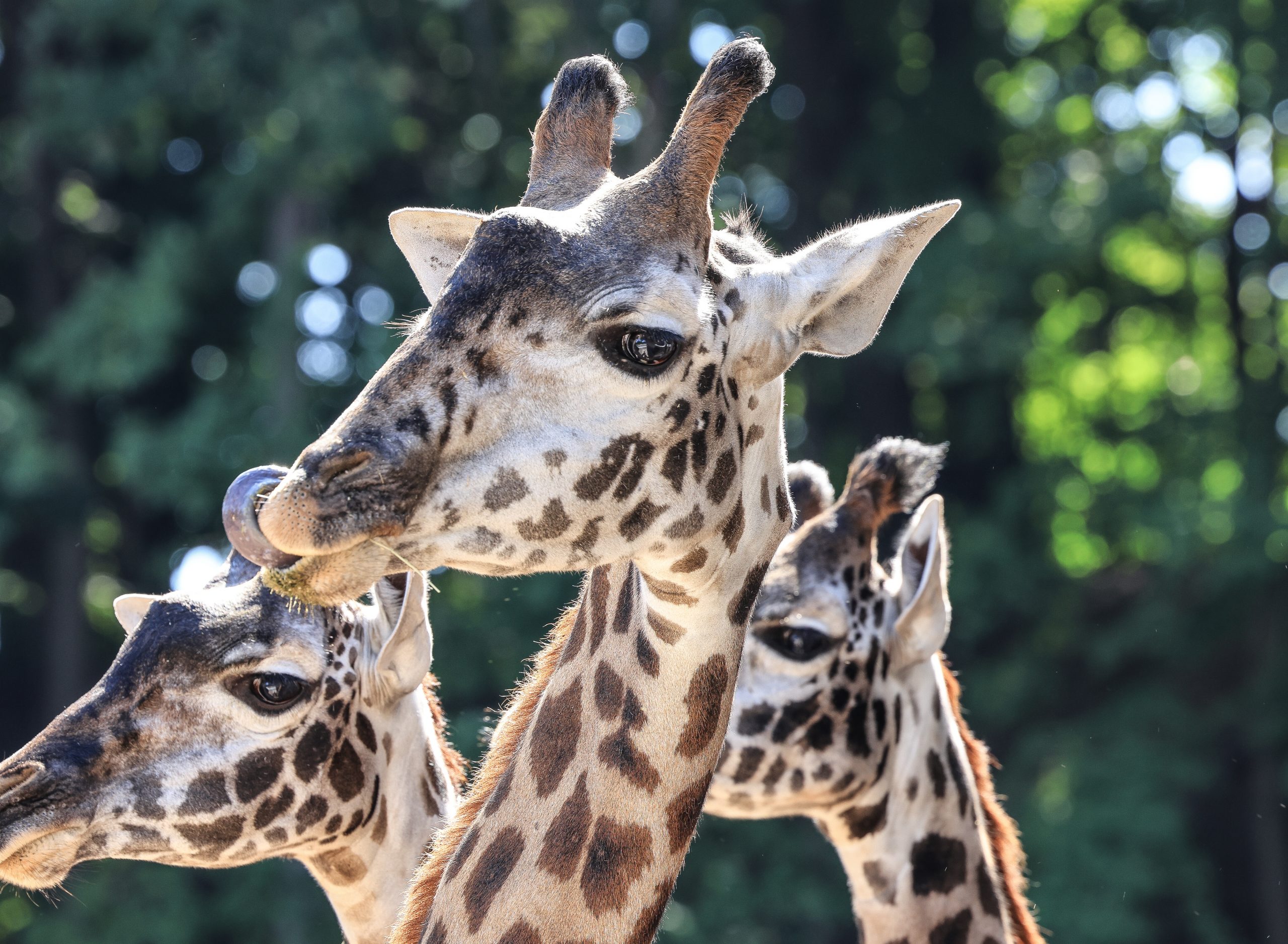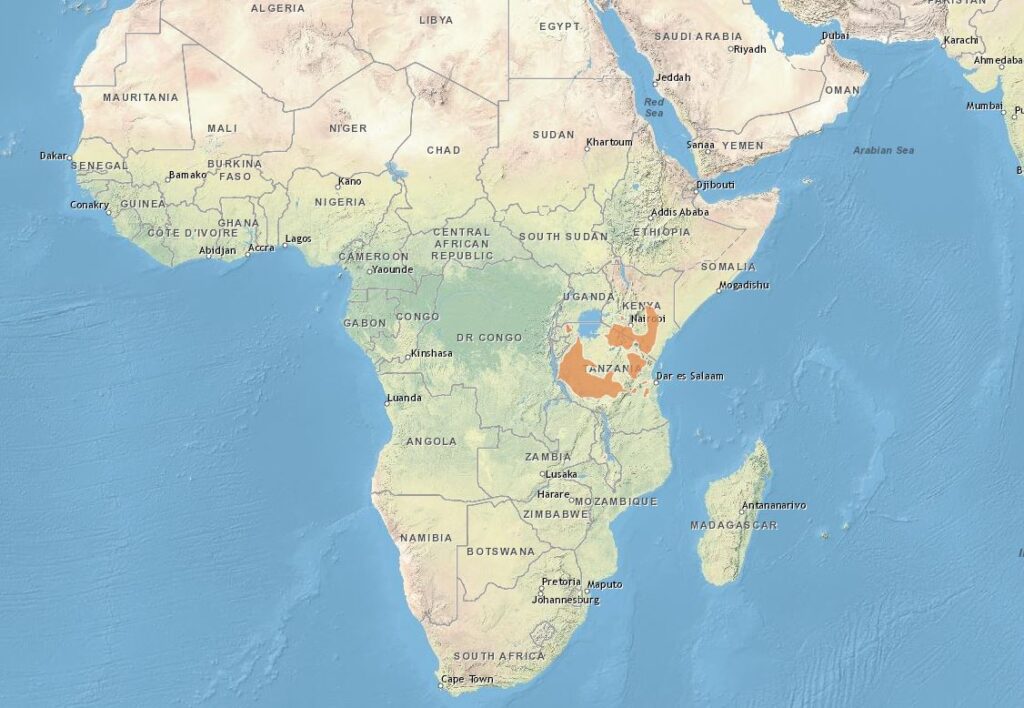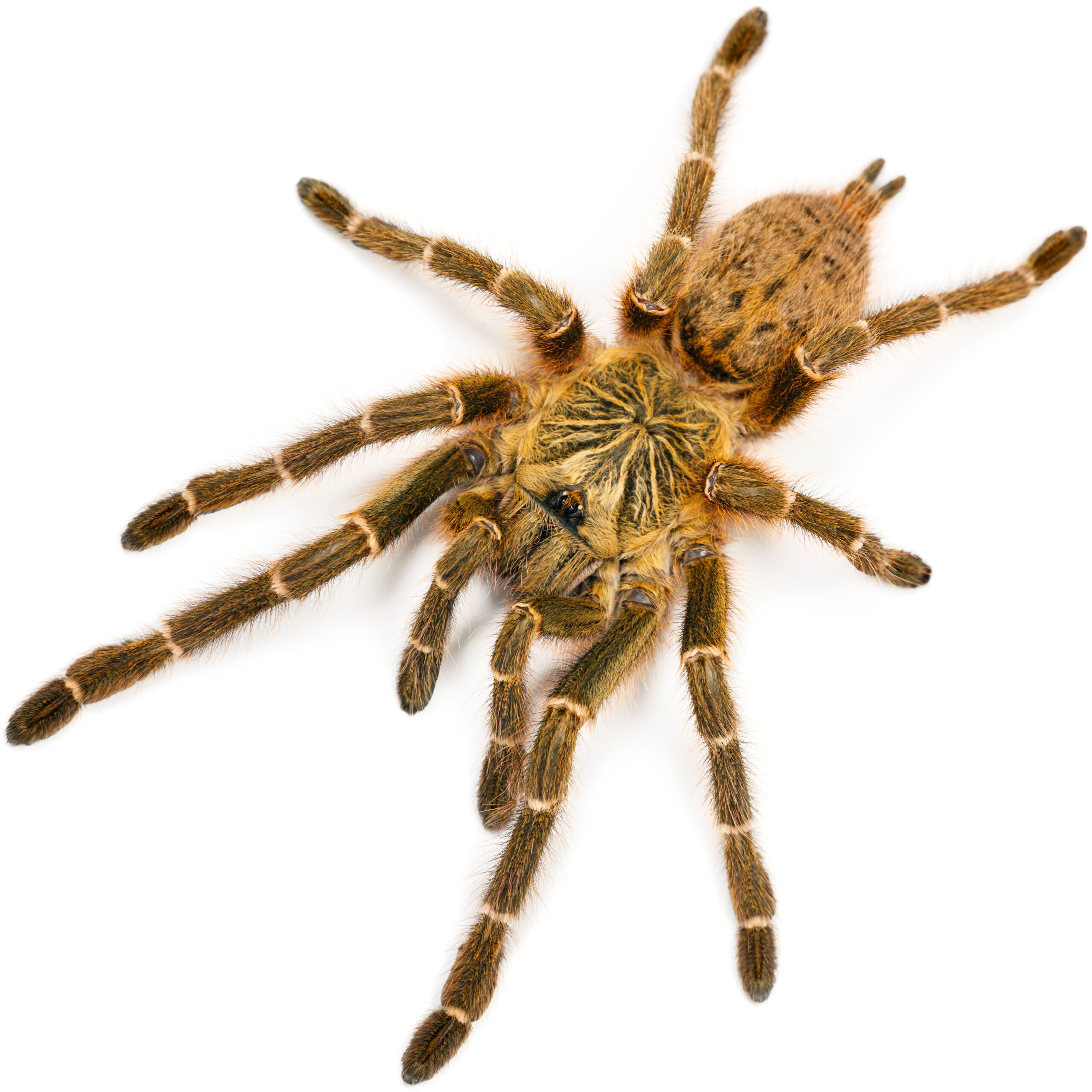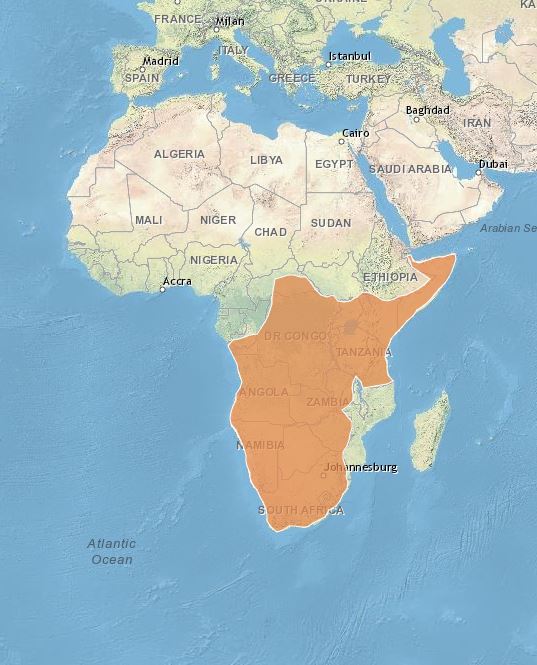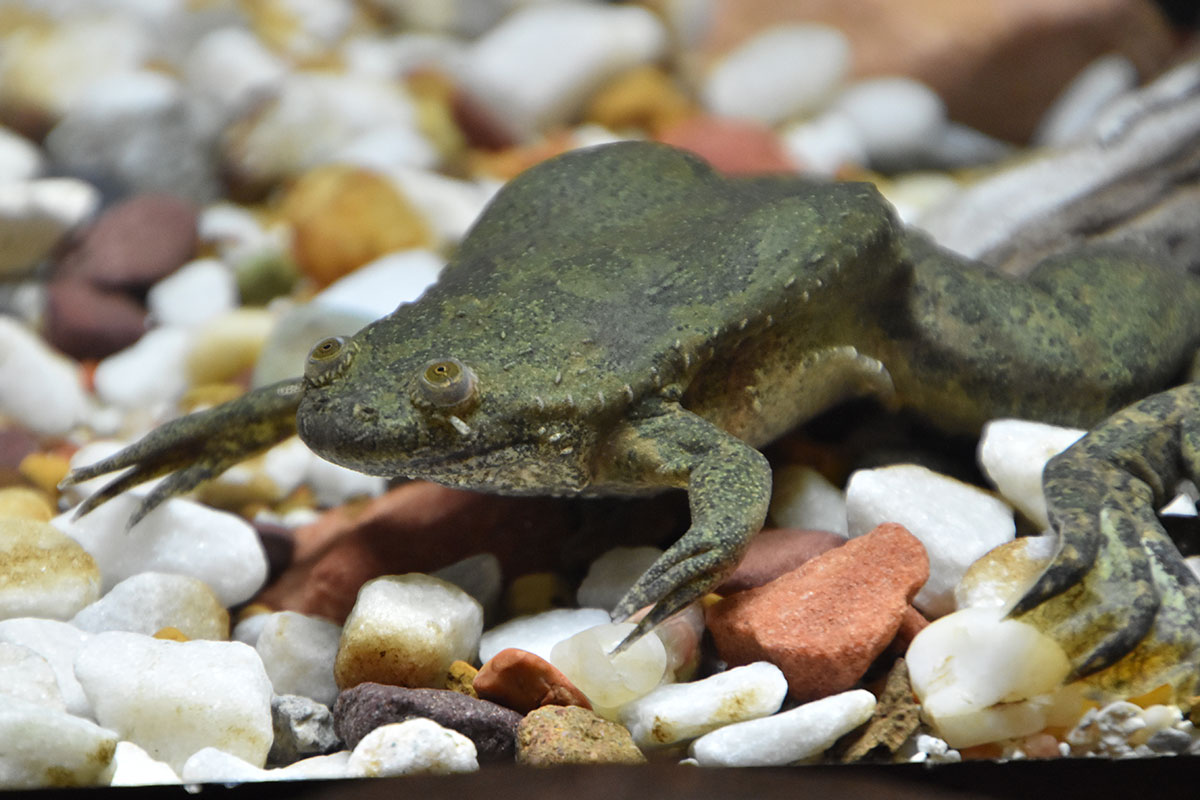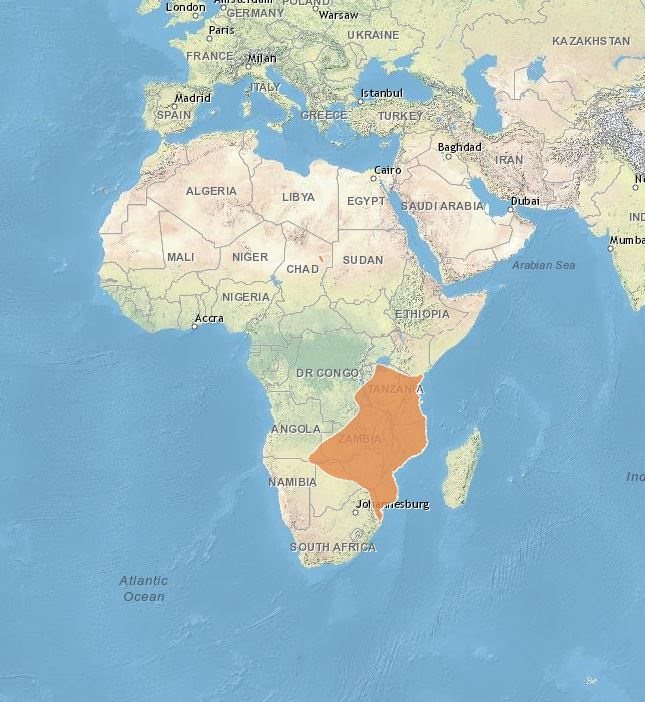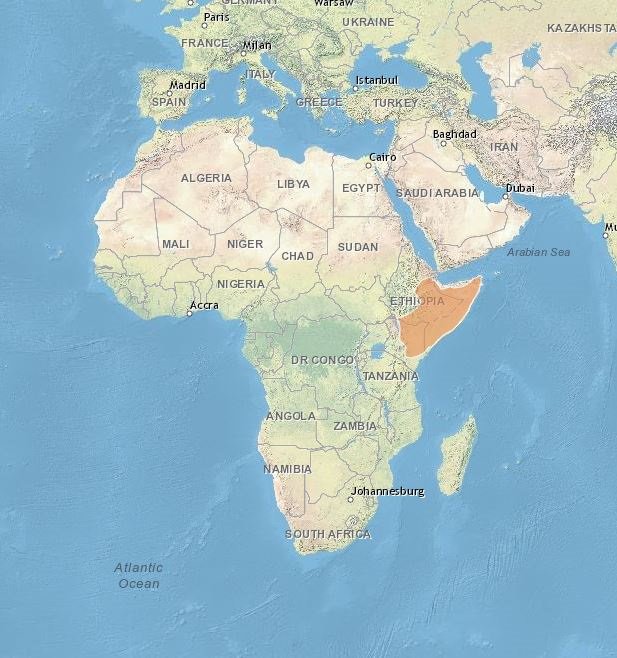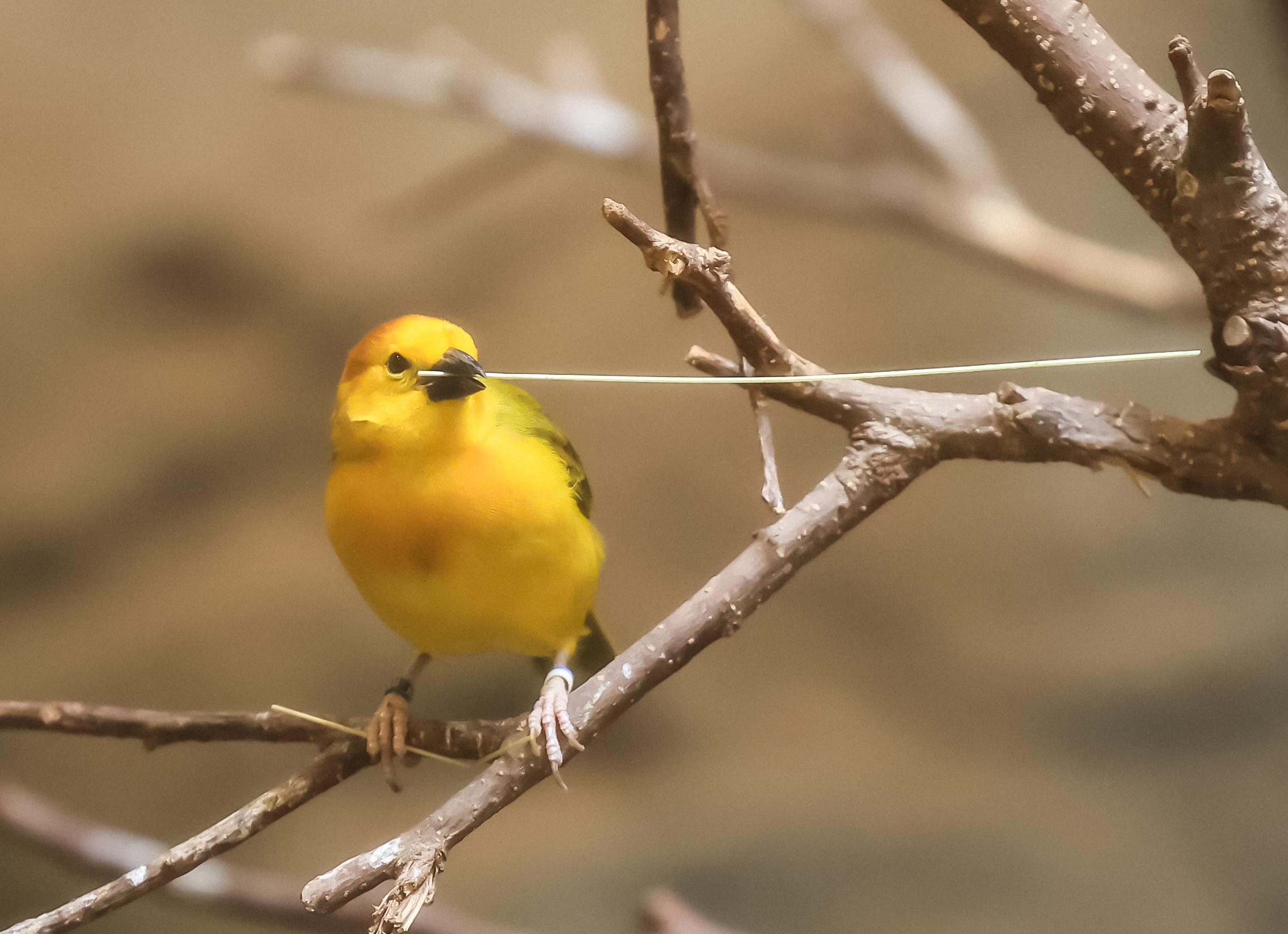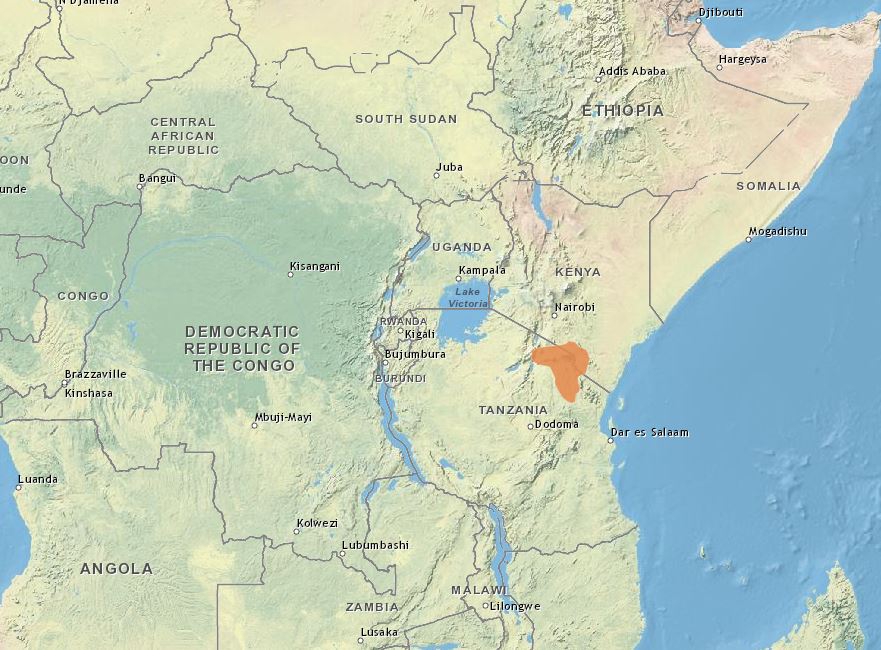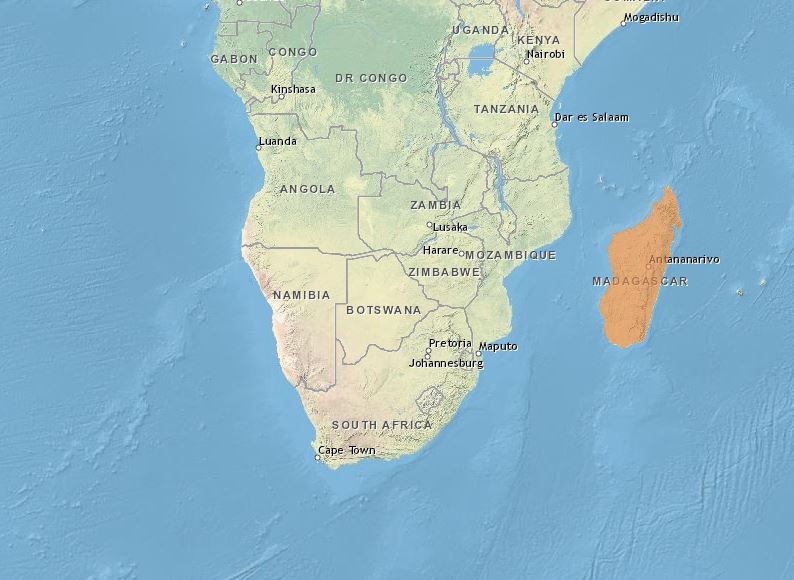Olive Baboon
Seneca Park Zoo has a troop of 10 baboons: 6 females (Pimento, Pearl, Sabina, Peperella, Olive Oil, Olivella) and 4 males (Mansino, Jefferson Jr., Kalamata, Pico-de-Limon). Pimento, the dominant female, is most established in the baboon hierarchy. The baboons can be found enjoying enrichment items, running around their habitat, and grooming one another.
Animal Facts
Olive baboons live in groups of 15 to 150, with many females, a few males and the offspring.
Social hierarchy is important to baboons. Males fight to establish dominance, whereas females inherit dominance from their mothers.
The olive baboon is so named for its coat, which is a grey-green color from a distance.
Males are larger than females, weighing on average 53 pounds, whereas the female weighs on average 33 pounds.
Diet
Olive baboons have a diverse omnivorous diet. They eat everything from plants, flowers, fruits, shoots and twigs, insects, lizards, frogs and turtles.
Status in The Wild
- Least Concern
International Union for Conservation of Nature (IUCN) Red List status
Found in 25 countries throughout equatorial Africa, the olive baboon inhabits the African grasslands called the savanna.
The olive baboon is the most widespread African primate.
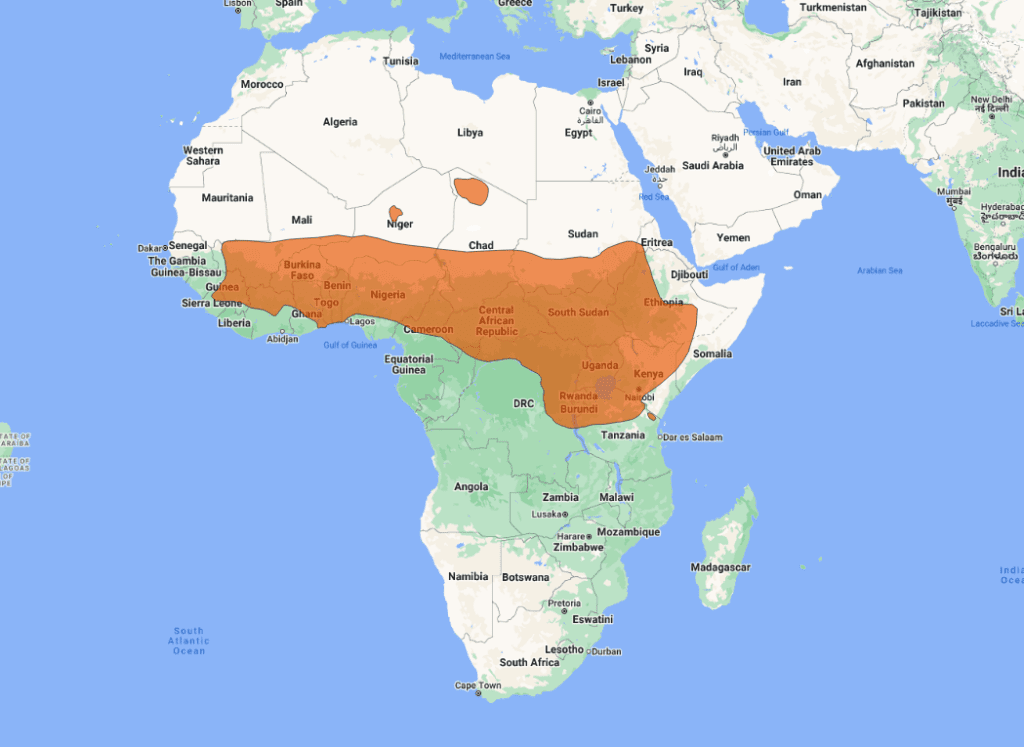

More Animals From Africa
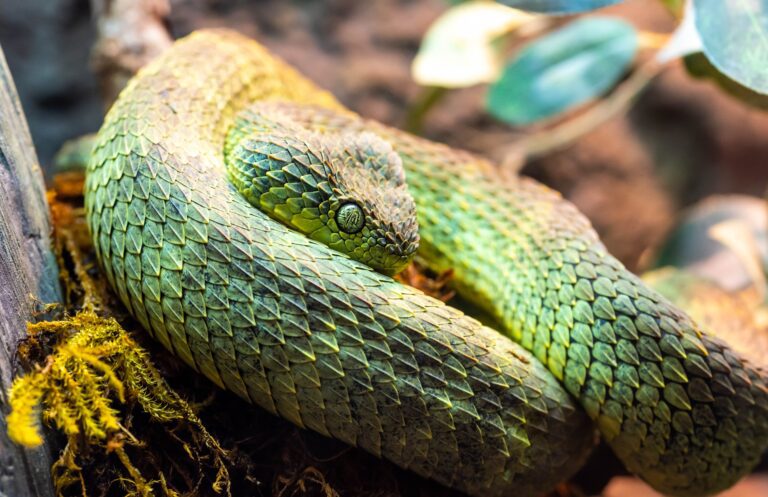










African Bush Viper
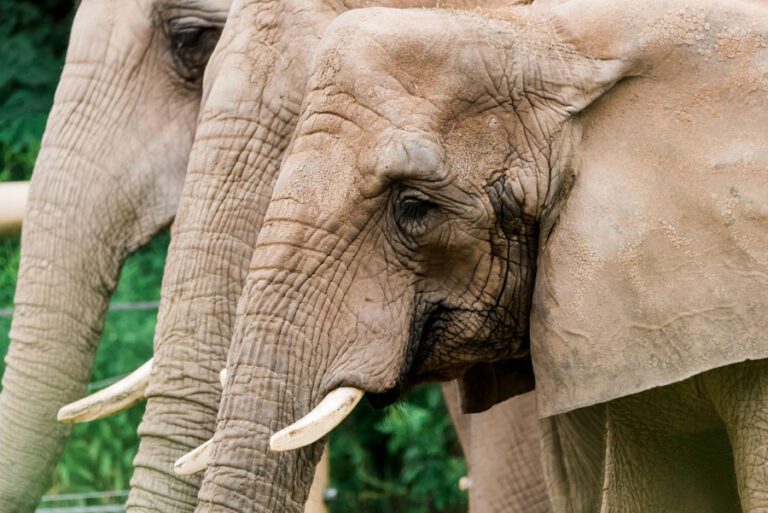










African Elephant
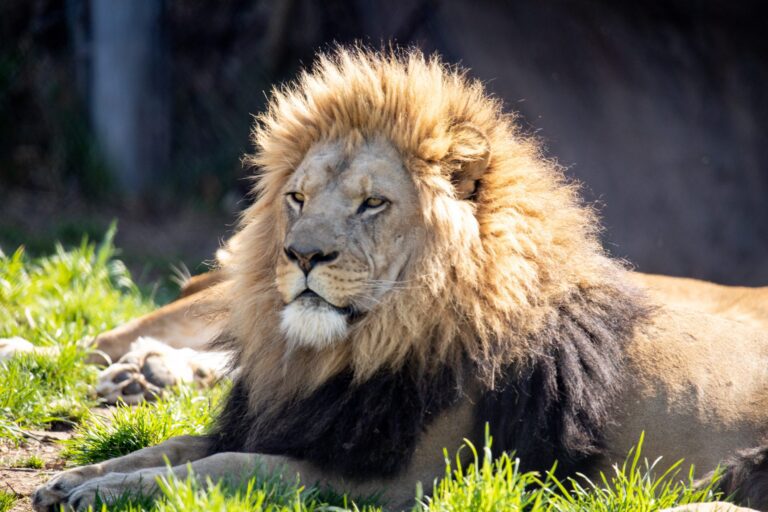










African Lion
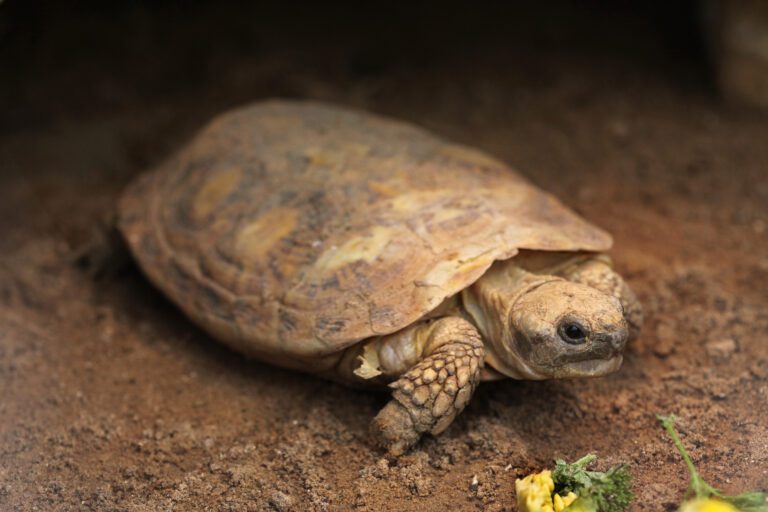










African Pancake Tortoise
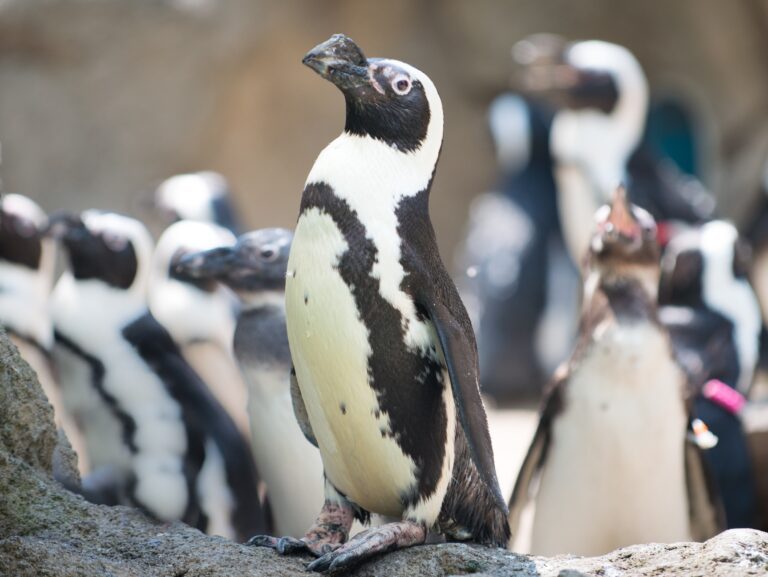










African Penguin
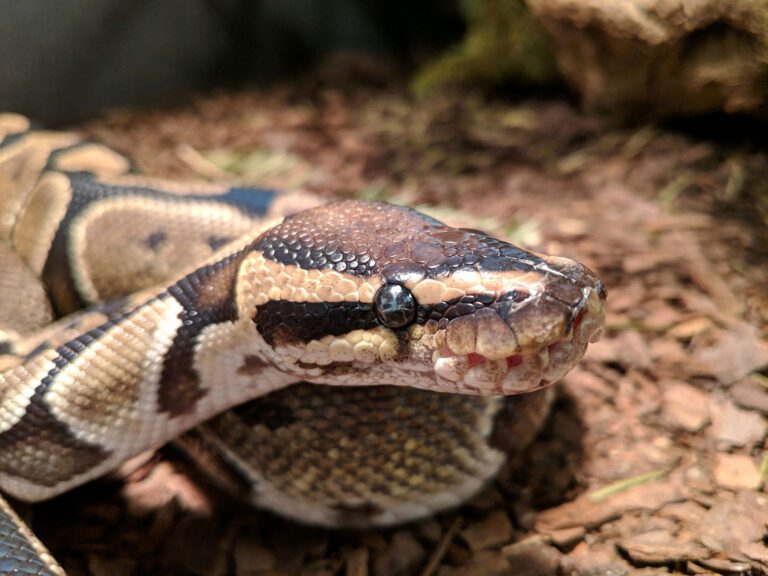










Ball Python
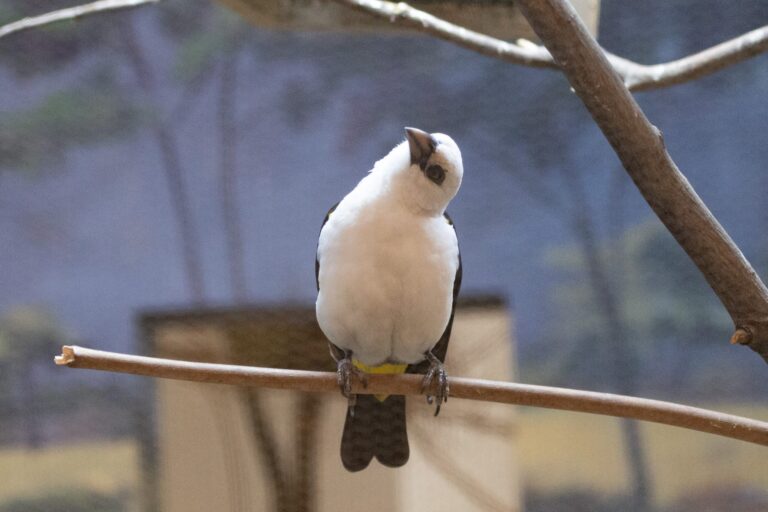










Buffalo Weaver
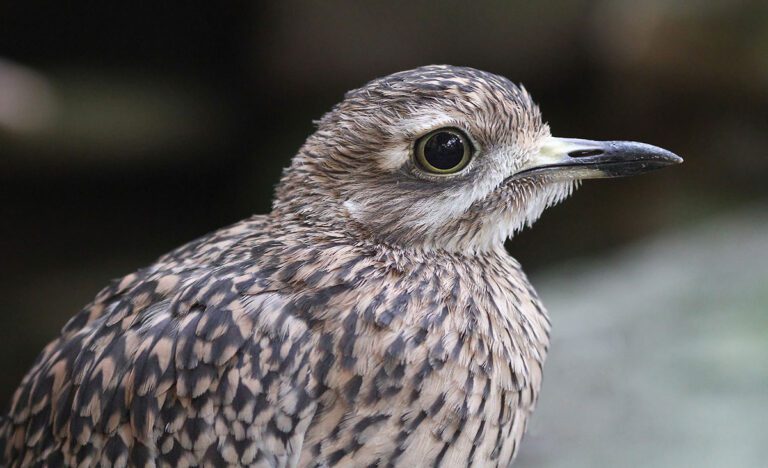










Cape Thick-Knee
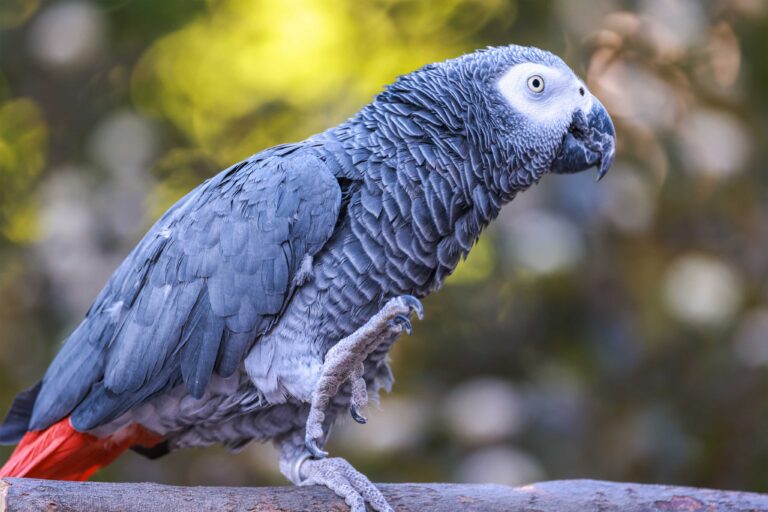










Congo African Grey Parrot
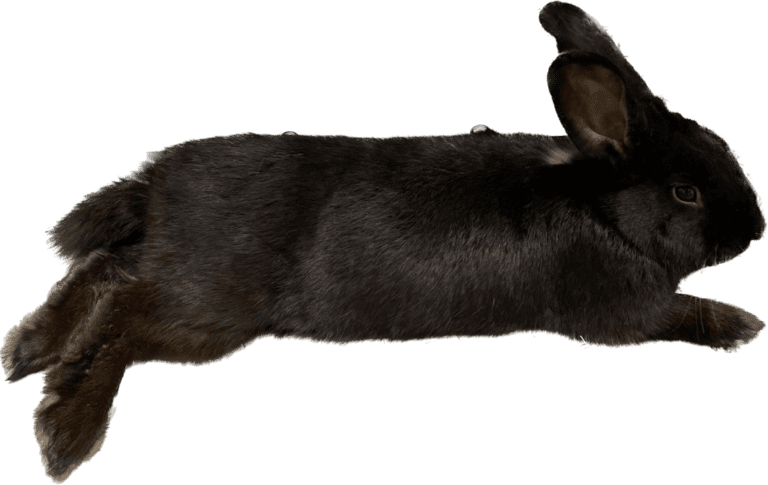










Domestic Rabbit
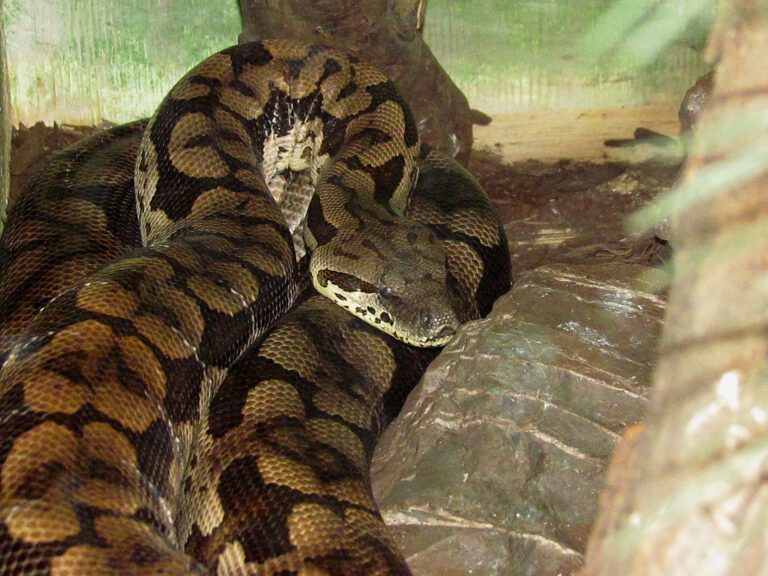










Dumeril’s Ground Boa
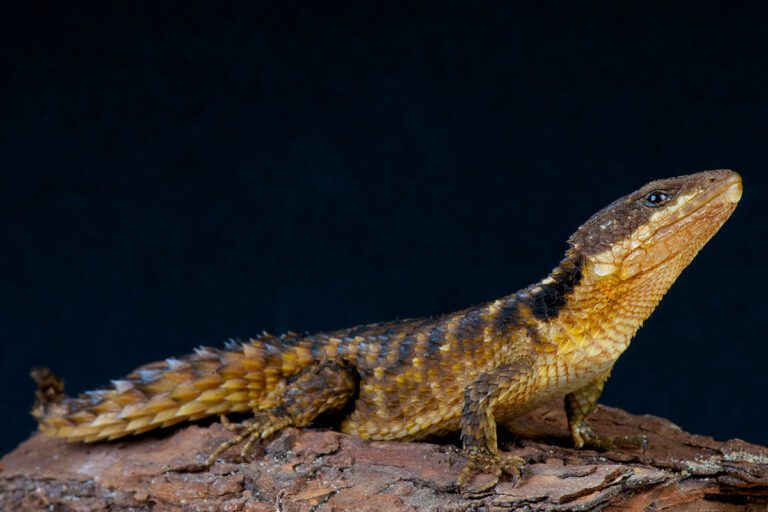










East African Spiny-Tailed Lizard
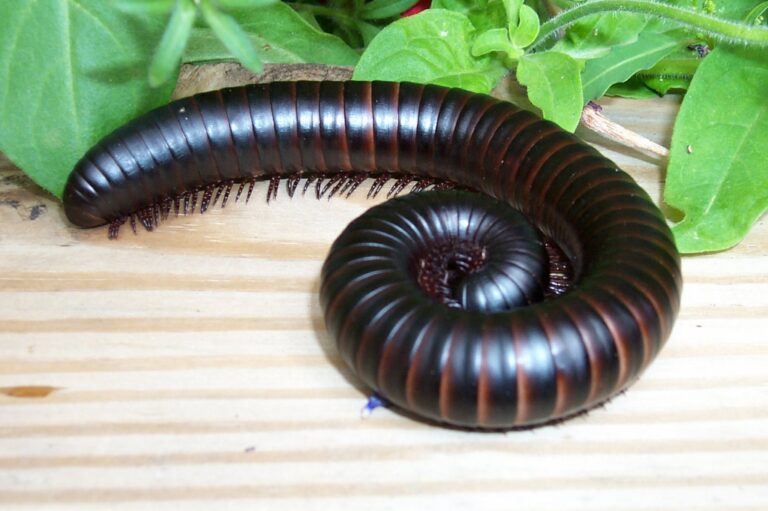










Giant African Millipede
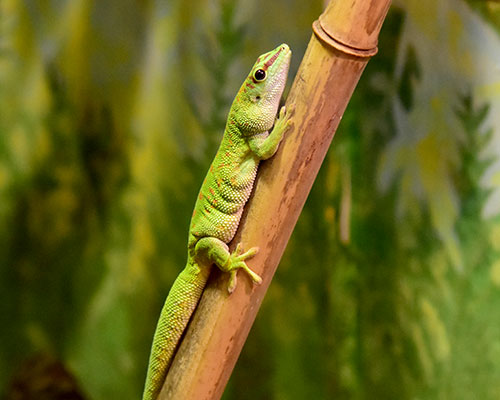










Giant Day Gecko
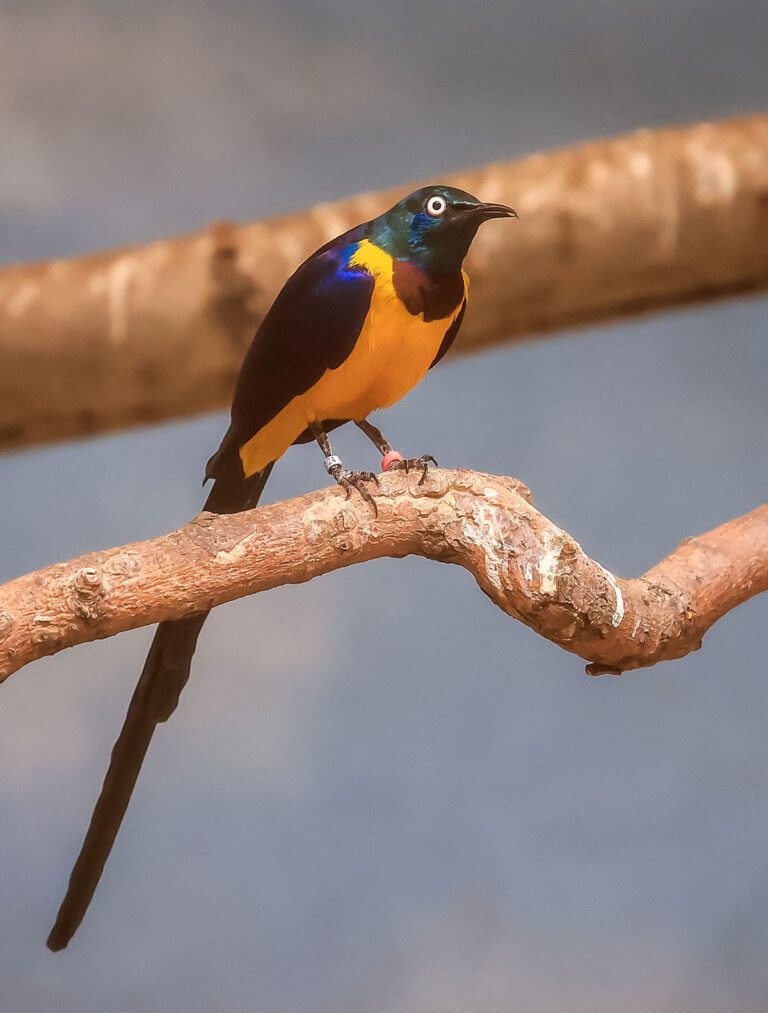










Golden-Breasted Starling
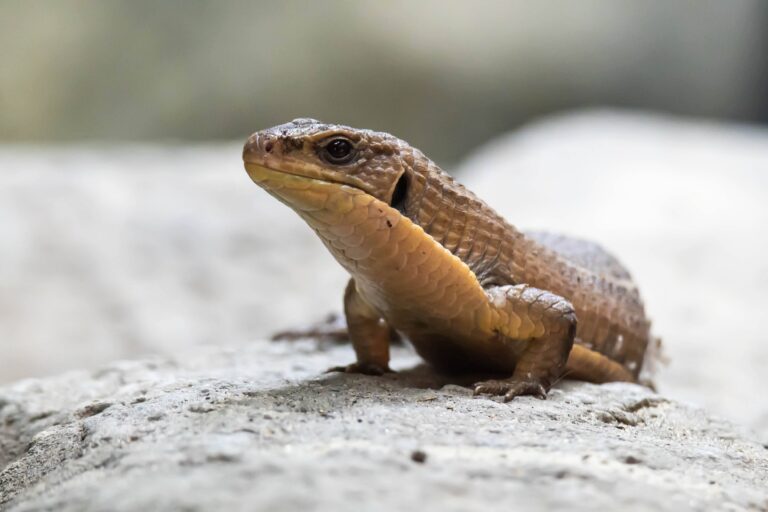










Great Plated Lizard
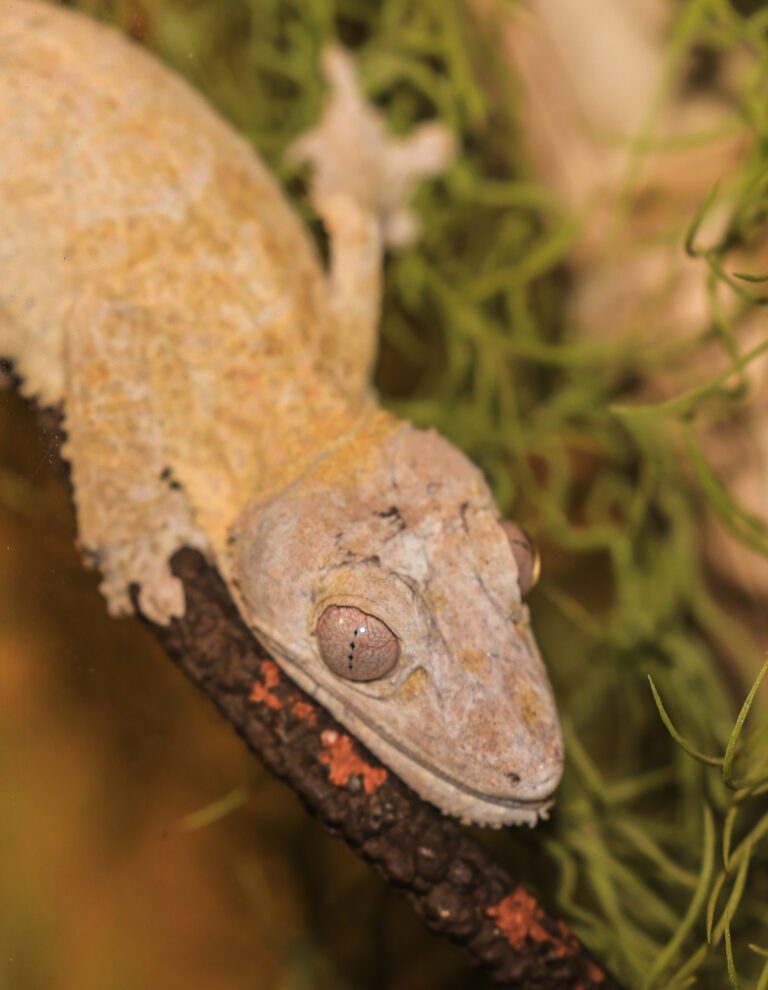










Henkel’s Leaf-Tailed Gecko
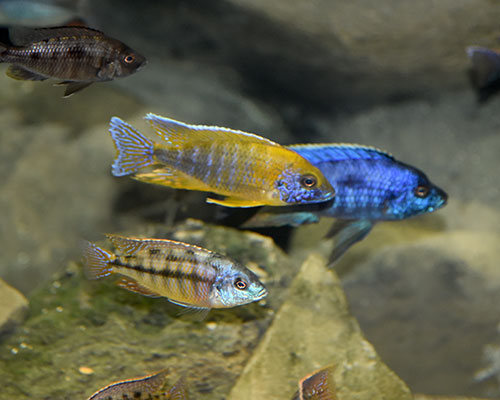










Lake Malawi Cichlids
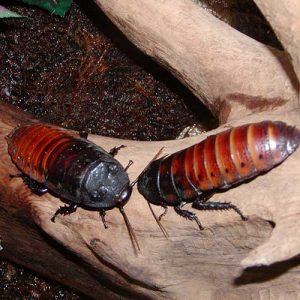










Madagascar Hissing Cockroach
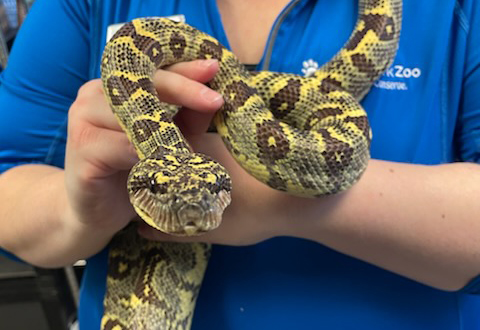










Madagascar Tree Boa
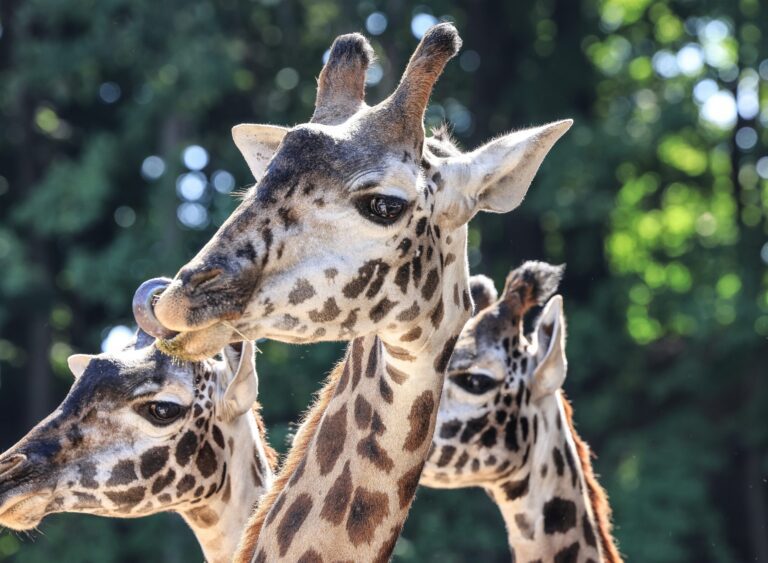










Masai Giraffe
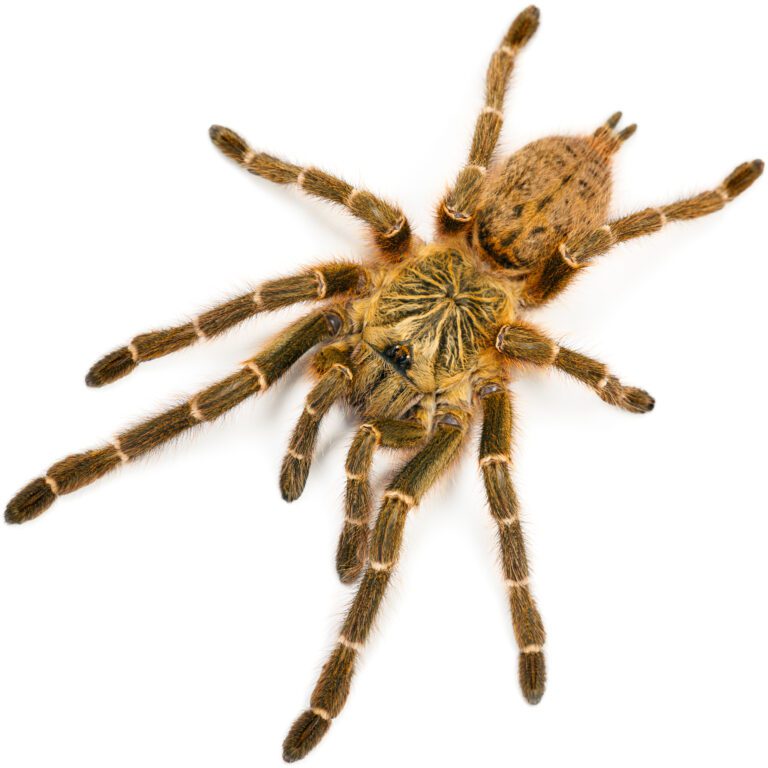










Mombasa Golden Starburst Tarantula
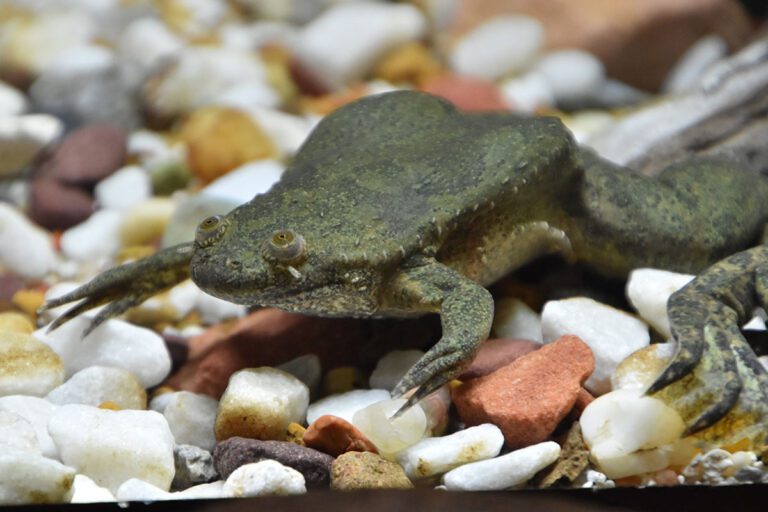










Mueller’s Clawed Frog
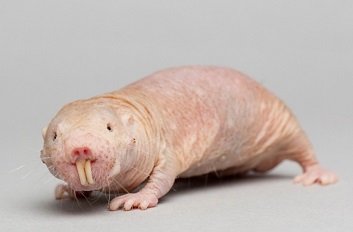










Naked Mole Rat
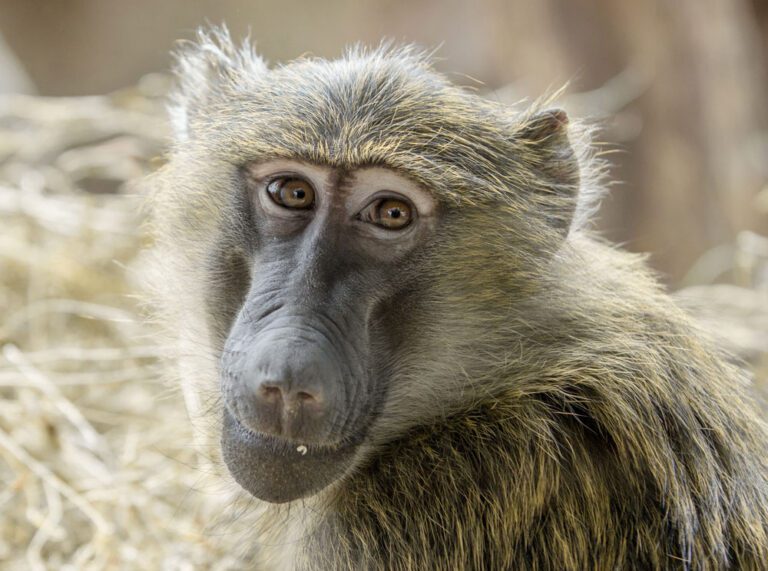










Olive Baboon
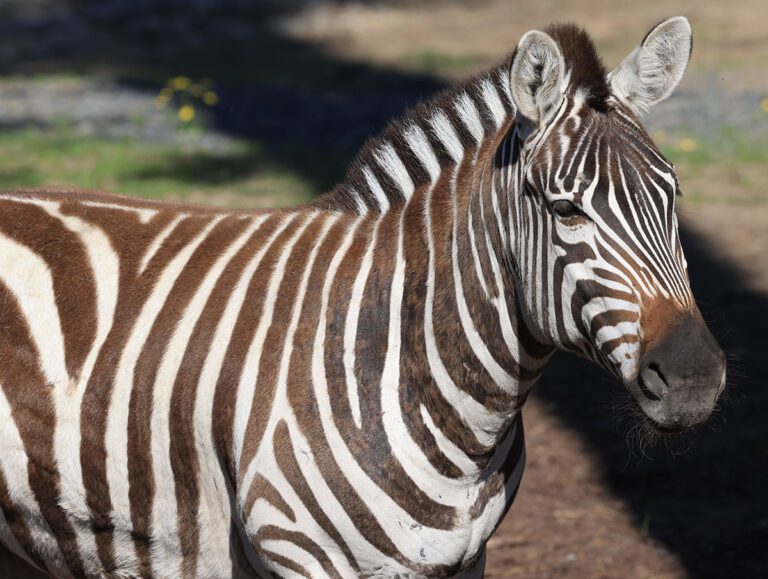










Plains Zebra
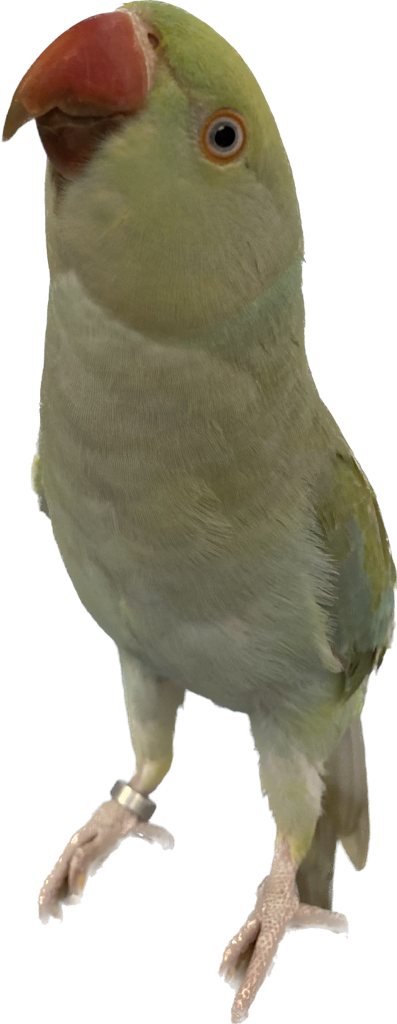










Ring-neck Parakeet
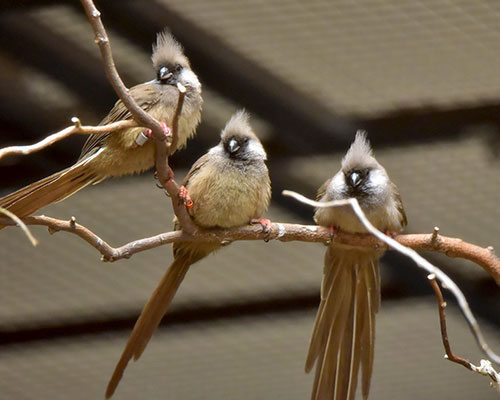










Speckled Mousebird
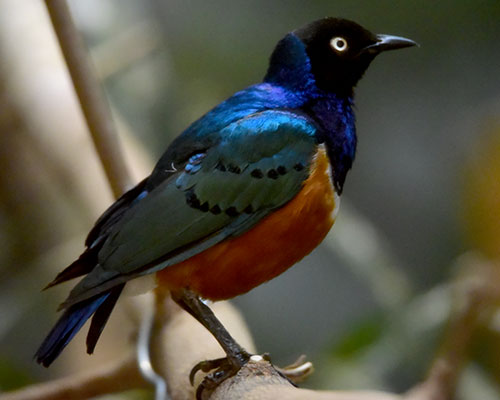










Superb Starling
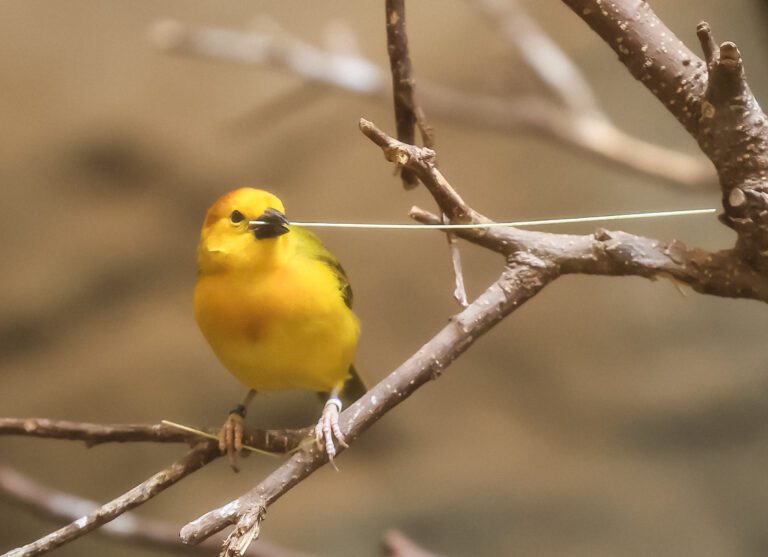










Taveta Golden Weaver
